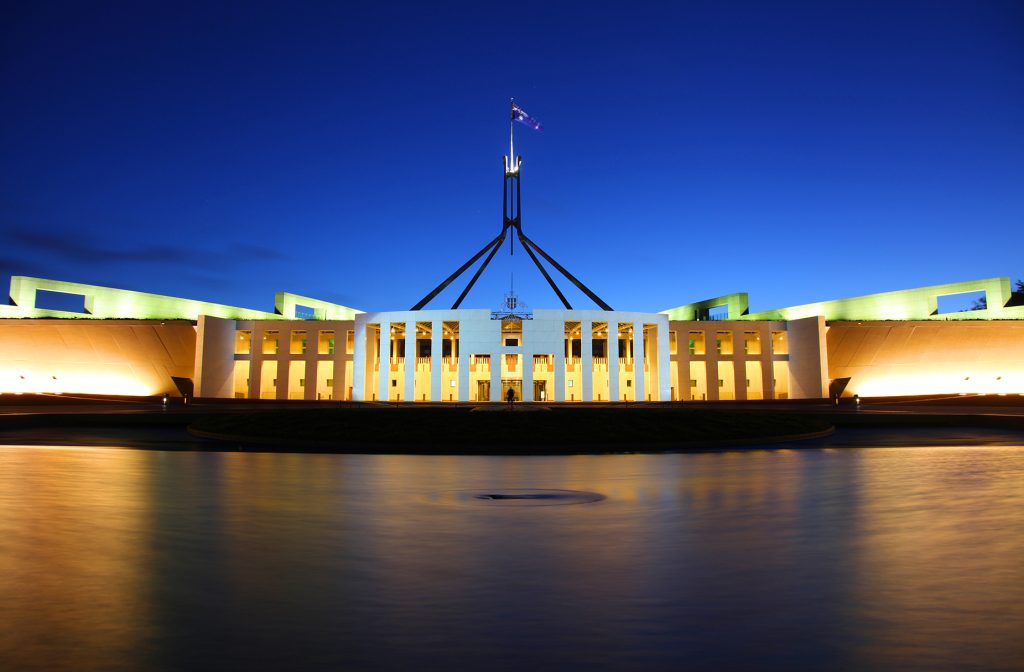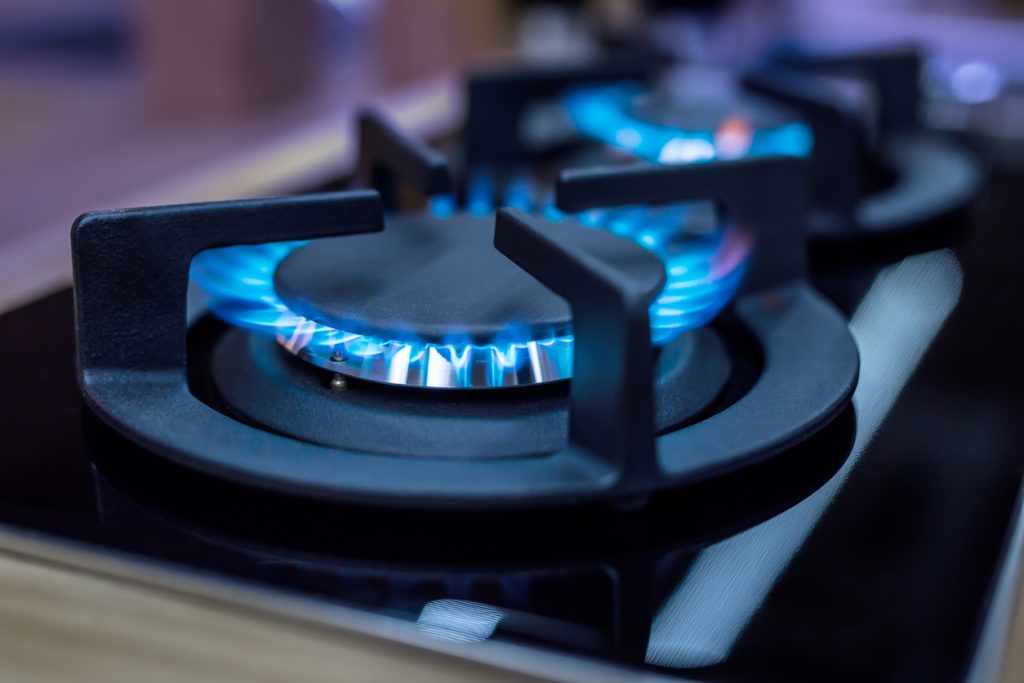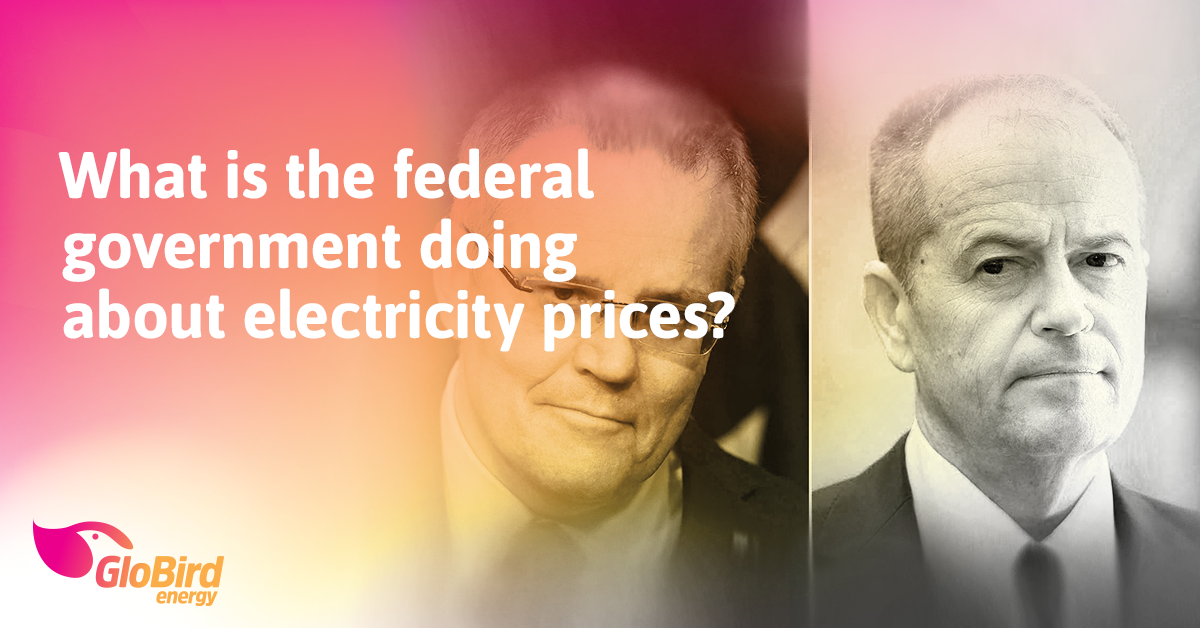As we head into 2019, you could easily be convinced that energy prices will be going down.
All you’d have to do is pay attention to the Prime Minister, who has been in the news recently claiming a victory over rising energy prices and telling anyone who’ll listen that his government has forced prices down.
Sorry to rain on his parade, but that’s pure political spin.
If you listen carefully, what he is actually saying – and all he can really claim – is that standing offers are down.
That’s completely irrelevant to nine out of 10 Victorians, because only 9% of customers in Victoria are on standing offers. For the remaining 91%, who are on market offers, the costs are up.
Not only is it disingenuous to suggest prices are down, it causes further confusion for the average consumer.
What’s really happening?

Here are a few things we know about the energy market in Australia:
- Wholesale electricity prices are up, as is market volatility;
- Network charges – the largest component your power bills – have increased again for 2019;
- Climate (the impact of drought on hydropower dams) and infrastructure (delays in proposed wind and solar projects coming online) issues are putting upward pressure on the National Electricity Market;
- Just about everyone thinks electricity prices are too high;
- The Morrison Government wants to be seen to be doing something … with an election looming.
All this adds up to a lot of negative sentiment about the energy sector, but not necessarily a lot of action that will make a difference to most households’ bills.
The government is talking tough

The increasingly heavy-handed rhetoric coming from the Federal government, both directly from Prime Minister Morrison and from his Energy Minister Angus Taylor, is clearly an effort to counter criticism from the opposition and the Greens that it’s not doing enough to help the average Australian.
When Minister Taylor said late last year “If the government is not satisfied that customers are getting a better, fairer deal, then further action will be taken.”, the industry was already paying attention.
However, the landscape is far more complex than the rhetoric seems to recognise. Each state has different contributing factors – including regulations put in place by the State Governments – and there’s little comparison between the two biggest retailers (or ‘gentailers’ as they’re called, since they generate as well as sell power) and smaller independent businesses like GloBird.
One thing is certain though: as a result of the language being used (and the government’s clear intent to be seen to be doing something), coupled with regulatory uncertainty as we head toward a federal election, investors are bailing out of the energy sector.
When all is said and done, the best way to solve a problem is to treat the root cause. The wholesale cost of power is what determines the retail cost. Much of Australia’s generation is controlled or owned by a small number of corporations
What is the ‘big stick’?

Since about October, the Prime Minister has repeatedly said that the Coalition is prepared to use “a big stick” to stop energy companies gouging Australians.
That’s interesting because it might just mean that the Government does understand the underlying problem after all.
The main part of the threat is what’s known as ‘forced divestiture’, where the government – through a court – could order an energy company to sell off bits of itself, if it’s found to have broken the law.
That’s clearly aimed at the big gentailers, but it still has an impact on the broader industry, as everyone is concerned about what such a move would mean across the board. And no-one really knows.Regardless, the reality is that the Treasury Laws Amendment (Prohibiting Energy Market Misconduct) Bill never made it to a vote in parliament’s last sitting weeks last year, and probably won’t before the election, given that a Senate inquiry will report on March 18, with only seven sitting days to follow before the election.
Is there anything else, besides the big stick?

You might recall that last June, the Australian Competition and Consumer Commission (ACCC) released its report Restoring Electricity Affordability and Australia’s Competitive Advantage, which noted the concentration of ownership in generation assets and contained 56 recommendations.
The government has made a handful of those the focus of the bill, namely:
• A default power price for all customers;
• An increase in the regulator’s power to crack down on anti-competitive practices;
• Ensuring power companies invest to meet energy demands; and
• Backing investment in new power generators.
While the proposed amendments to the law – and their associated penalties – are along the lines of the ACCC’s recommendations, one significant difference is that the ACCC suggested that administration and enforcement should be carried out by the existing bodies, the Australian Energy Market Commission and the Australian Energy Regulator.
At the same time, we’d like to see any changes to the way the energy market operates in Australia, whether through legislation or otherwise, being formulated with input from the Energy Council of Australia, which represents retailers.
While we get the reason for the tough talk, it’s not going to do anyone any good if it’s just talk and doesn’t result in meaningful action.
